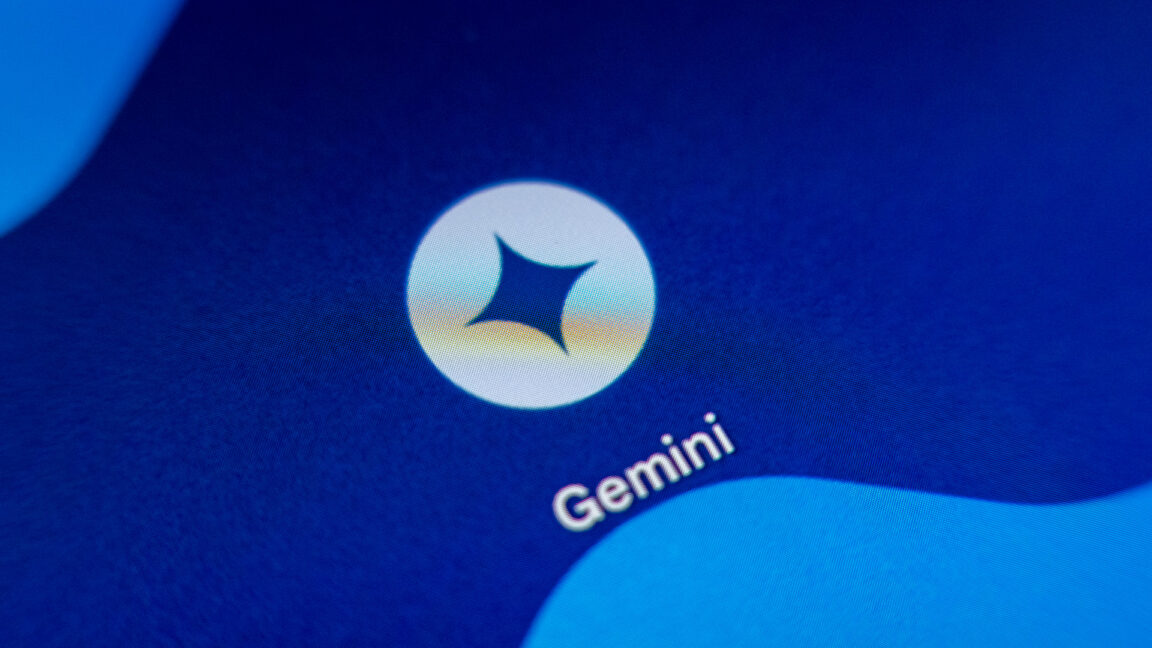Introduction to Data Analysis and Storytelling
Exploratory analysis and data storytelling are essential tools to add to your data science toolbox. With the help of advanced language models like GPT-4, you can perform complex data analysis and create compelling stories from your data. In this article, we will explore how to use GPT-4 for exploratory data analysis and storytelling, using the Global Forest Loss dataset as an example.
What is Exploratory Data Analysis?
Exploratory data analysis is the process of analyzing and visualizing data to understand its underlying patterns and trends. It involves using various statistical and visualization techniques to summarize and describe the data. With GPT-4, you can perform exploratory data analysis and create different types of visualizations, such as bar charts, to gain insights into your data.
Analyzing the Global Tree Cover Loss Dataset
For this tutorial, we will use the Global Tree Cover Loss dataset, which contains key statistics about global forests, including rates of forest change, forest extent, and drivers of deforestation. The dataset is available for download from the Global Forest Watch website. Once you have downloaded the file, you can unzip it and upload it to the GPT-4 interface using the Upload File utility.
Creating Visualizations with GPT-4
With GPT-4, you can create multiple bar chart visualizations from your dataset to provide a more granular country-level analysis. By prompting GPT-4 with simple questions, you can generate different types of bar charts, including grouped bar charts and rate-change charts. These visualizations can help you understand the trends and patterns in the data and identify areas that require further investigation.
Step-by-Step Guide to Analyzing the Dataset
To analyze the Global Tree Cover Loss dataset, follow these steps:
- Download the dataset from the Global Forest Watch website.
- Unzip the file and upload it to the GPT-4 interface using the Upload File utility.
- Prompt GPT-4 with simple questions to generate different types of bar charts.
- Analyze the visualizations to understand the trends and patterns in the data.
Conclusion
In conclusion, exploratory data analysis and storytelling are powerful tools for gaining insights into your data. With GPT-4, you can perform complex data analysis and create compelling stories from your data. By following the steps outlined in this article, you can analyze the Global Tree Cover Loss dataset and gain a deeper understanding of the trends and patterns in the data.
FAQs
What is GPT-4?
GPT-4 is a advanced language model that can be used for exploratory data analysis and storytelling.
What is the Global Tree Cover Loss dataset?
The Global Tree Cover Loss dataset contains key statistics about global forests, including rates of forest change, forest extent, and drivers of deforestation.
How do I upload the dataset to GPT-4?
You can upload the dataset to GPT-4 using the Upload File utility in the GPT-4 interface.
What types of visualizations can I create with GPT-4?
You can create different types of bar charts, including grouped bar charts and rate-change charts, using GPT-4.











